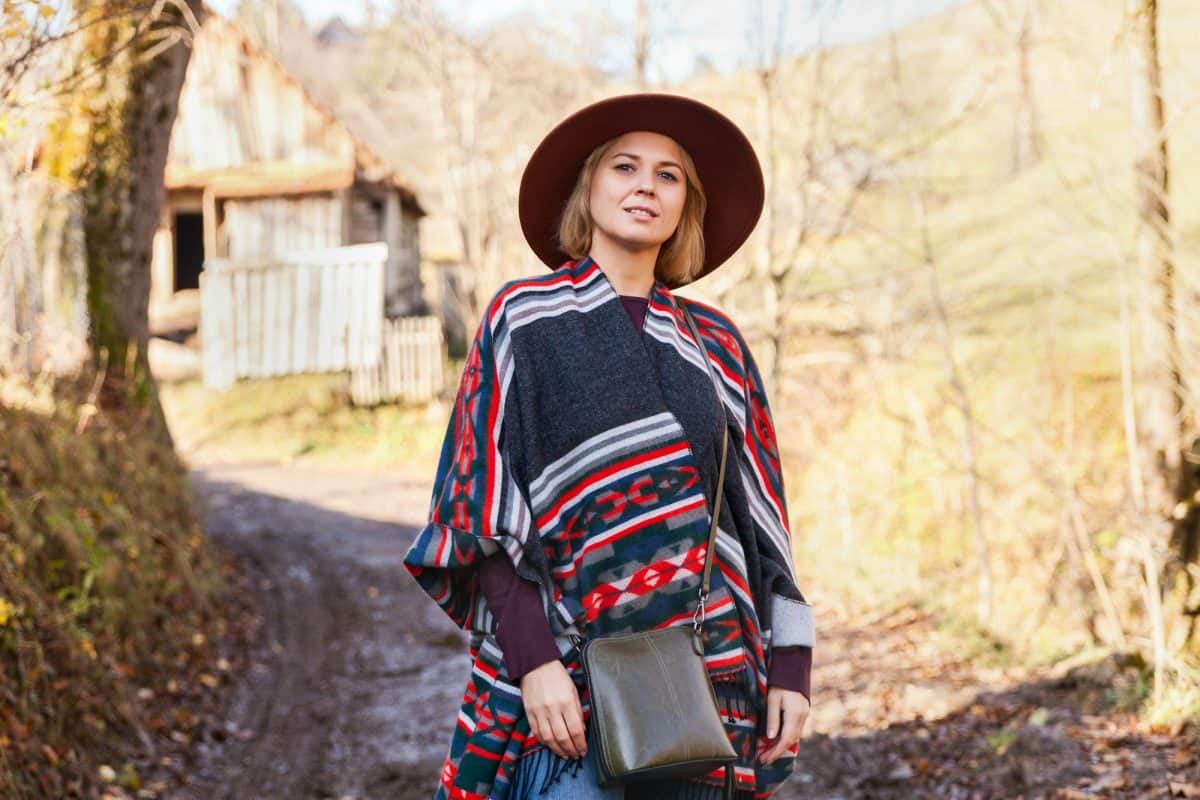The slow tourism is a travel approach that prioritizes local and authentic discovery of destinations, taking the time to deeply explore and appreciate each place in a respectful manner. It opposes mass tourism by emphasizing low-carbon mobility, the protection of cultural and natural heritage, as well as interactions with local residents. Typical activities include hiking, biking, local cooking classes, and homestays. In France, this mode of travel is gaining popularity thanks to various local initiatives and support from organizations like ADEME. Although it faces some obstacles such as the need for new economic models and a lack of understanding of the concept, slow tourism has a positive impact on local communities and the environment by promoting a sustainable and respectful economy.
What is slow tourism ?
Slow tourism, inspired by the slow food movement, is a travel philosophy that emphasizes slowness and authenticity. Unlike fast travel where tourists seek to accumulate as many destinations in a short time, slow tourism encourages taking the time to discover a territory in depth. The goal is to have an enriching experience by truly connecting with local culture, the surrounding nature, and the residents.
Travelers who are fans of slow tourism often prefer gentle modes of transport such as trains, bicycles, or walking to get around. This approach not only reduces the carbon footprint of travel but also allows tourists to fully appreciate the landscapes they pass through. The accommodations chosen are generally more modest and authentic, such as local inns, cottages, or even homestays.
A return to essentials
The essence of slow tourism lies in the quest for authenticity and simplicity. This often includes a desire to disconnect from modern technologies to reconnect better with nature and the people met along the way. Travelers adopting this approach seek to avoid traditional tourist circuits to discover hidden and lesser-known treasures. This mode of travel offers a unique opportunity to learn and grow through enriching and memorable experiences.
Videos
66. [#mini-series] Sustainable tourism, ecotourism, slow tourism… what are the differences?
New mini series!✨ Uniquely, we are going to talk about tourism on the podcast “I have the eye of the tiger” and take a step back on …
Slow tourism in Grenoble with Laura
Tourism done differently, close to nature, away from the crowds, we call that slow tourism. A trend that is growing …
Fundamental principles of slow tourism
Prioritize low-carbon mobilities
One of the key principles of slow tourism is the use of transport modes with low environmental impact. While air travel is often abandoned in favor of trains or buses, local transport is primarily done on foot, by bike, or by canoe. This approach not only reduces CO2 emissions but also allows travelers to fully appreciate the landscapes while anchoring themselves in a slower and more natural rhythm.
Value cultural and natural heritage
Slow tourism places great importance on the protection and enhancement of the cultural and natural heritage of visited destinations. Travelers are encouraged to participate in activities that highlight local traditions, such as regional cooking classes or craft workshops. In this way, they actively contribute to the preservation of local knowledge while enriching their own cultural experience.
Key activities of slow tourism
Hiking and night walks
Hiking is at the heart of slow tourism. It allows travelers to quietly explore natural landscapes while taking the time to observe local fauna and flora. Night walks offer a unique perspective on the environment, allowing one to observe nightlife and stars in a peaceful setting.
Local cooking classes
Participating in local cooking classes is a popular activity among fans of slow tourism. These workshops provide direct immersion into the gastronomic culture of a region, allowing travelers to learn how to prepare traditional dishes with local products. It is also an excellent opportunity to meet locals and understand their way of life.

How to integrate slow tourism practices into your travels
Choose authentic accommodations
To practice slow tourism, it is essential to choose accommodations that reflect the local culture. Opt for family-run inns, rural cottages, or even homestays. Not only are these options often more economical, but they also offer a more authentic experience by allowing you to live at the local pace.
Encourage interactions with locals
Interacting with locals is a key component of slow tourism. Take the time to chat with them to discover their stories, traditions, and tips on lesser-known places to visit 📸. Participating in local activities such as markets or festivals can also greatly enrich your experience.
The best destinations for practicing slow tourism
Occitanie
Occitanie is a pioneering region in the field of slow tourism in France. It offers a wide range of environmentally friendly activities such as hiking, cycling, or canoeing on its many waterways. The rural cottages scattered across this region provide an ideal setting to recharge while discovering the cultural richness of Occitanie.
Brittany
Brittany also stands out as an ideal destination for slow tourism thanks to its breathtaking coastal landscapes and deeply rooted traditions. The coastal paths offer endless possibilities for hiking, while the small Breton villages allow for experiencing authentic local life.
The development of slow tourism in France and local initiatives
Government support and private initiatives
In France, the development of slow tourism benefits from growing support thanks to the Destination France Plan, which aims to promote sustainable tourism. Calls for dedicated projects are regularly funded to encourage this emerging practice 🌍. The government is also committed to the ecological transition of professionals in the tourism sector.
Exemplary local projects
Local initiatives such as those led by Ferdinand Martinet and Thibaut Labey with their agency Club Chilowé illustrate this trend well. Their “micro-adventures” accessible by train encourage a local lifestyle while minimizing ecological footprints. Regions like Occitanie have even established an affordable rail pass to facilitate these sustainable discoveries.

Barriers and challenges to the expansion of slow tourism
Innovative economic models needed
One of the major barriers to the development of slow tourism lies in the need for new viable economic models. Many local stakeholders still struggle to find a balance between financial profitability and ecological sustainability. Creating strong partnerships between various economic actors can be crucial to overcoming this obstacle.
Legal constraints
Legal constraints can also hinder the rapid expansion of slow tourism. Current regulations are not always adapted to new forms of accommodation or alternative activities proposed by this type of travel. Legislative revision may be necessary to allow for a harmonious growth of the sector.
The positive impact of slow tourism on local communities and the environment
Local economic strengthening
Slow tourism has a direct economic impact on local communities by generating additional income through fair trade and services offered by residents (accommodation, dining). This approach not only supports the local economy but also encourages the preservation of regional cultural traditions.
Reduction of ecological footprint
By limiting the intensive use of natural resources while promoting gentle modes of transport, slow tourism significantly contributes to reducing the overall ecological footprint of travel 🌱. This practice also encourages the active conservation of natural sites visited by raising awareness among tourists regarding environmental issues.
In conclusion
Slow tourism offers an enriching alternative to the traditional fast travel model by emphasizing cultural authenticity, ecological sustainability, and support for local communities. By integrating its fundamental principles during your next vacation, you will not only experience a unique adventure but also contribute positively to the world around you 🌍.